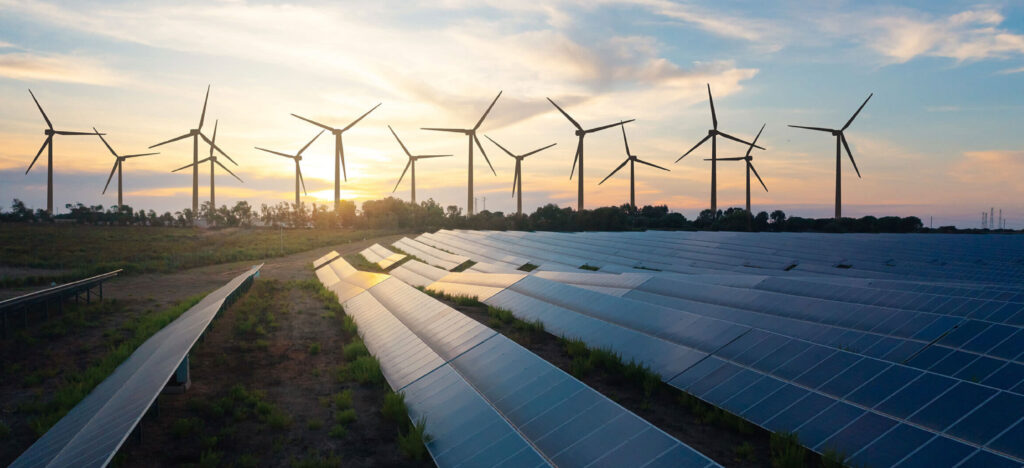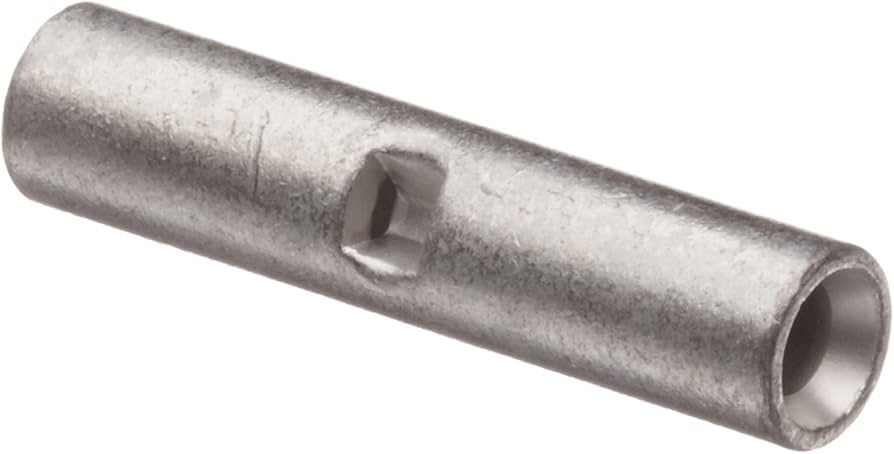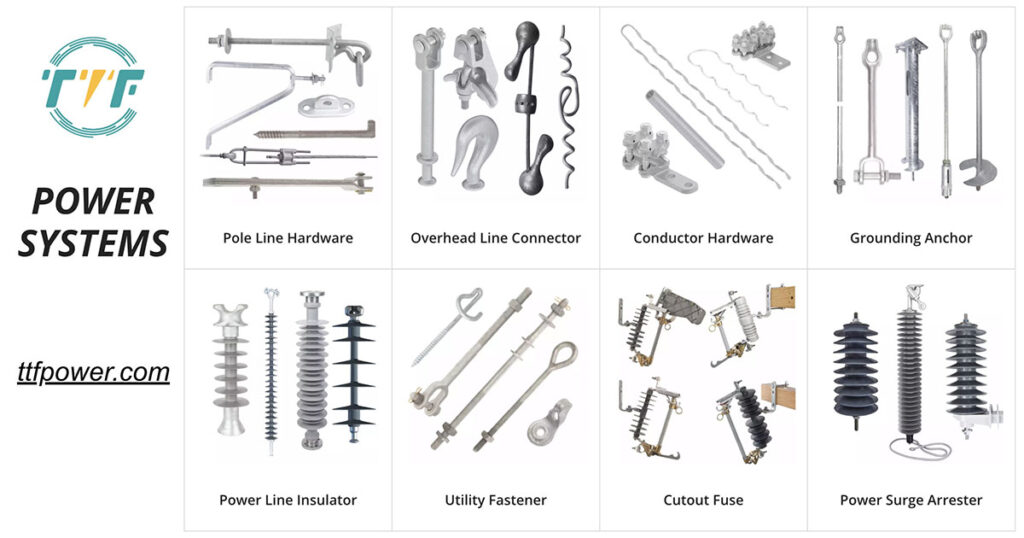
Peru is on an ambitious path toward decarbonization, aligning with climate goals with global efforts to mitigate climate change. Its strategy consists of emission reduction targets, commitment to carbon neutrality, and focus on sustainable development. Peru is investing in expanding its renewable energy capacity, including wind and solar projects. Renewable energy contributes to over 60% of Peru’s electricity. There are also efforts to transform the forestry sector into a carbon sink, aiming to reduce deforestation and enhance forest conservation. Additionally, there are plans to decarbonize the transportation sector. This is through the promotion of electric vehicles and improvements in public transit systems. Splice connectors play a crucial role in ensuring the efficiency, safety, and reliability of power transmission systems.
Splice connectors are electrical devices used to join two or more conductors to ensure a continuous flow of electricity. They serve in overhead and underground transmission lines, substations, and renewable energy installations. Splice connectors are vital components in linking renewable energy sources to the national grid. They ensure minimal resistance and power loss, which is crucial for maintaining the efficiency of clean energy delivery. The connectors are compatible with smart monitoring systems that help detect faults and reduce downtime. In off-grid and remote areas, splice connectors help connect modular components efficiently. High-quality splice connectors are crucial in repairing and retrofitting lines to enable higher-capacity, lower-loss transport from renewable energy sources to urban centers. This article explores decarbonization efforts in Peru’s energy sector, impacts, and the roles of splice connectors in the infrastructure.
Peru’s decarbonization efforts using splice connectors
The country is investing in renewable energy, modernization of the electrical grid, and the adoption of innovative technologies. Peru’s strategy aims to reduce carbon emissions through renewable energy expansion, integration of green hydrogen, and grid modernization. Splice connectors join conductors and ensure the continuity and reliability of power transmission. They ensure electrical continuity, ease grid expansion, and enhance system reliability. Here are the infrastructure upgrades for decarbonization in Peru.

- Grid modernization—there are modernization initiatives such as smart grid implementation, high-voltage transmission expansion, and energy storage integration. This makes it fully equipped to handle the variable nature of renewables like solar and wind.
- Decentralized and resilient energy networks—the key solutions for this include mini-grids and microgrids, hybrid systems, and digital control systems. This is crucial to deliver electricity to rural and isolated communities in Peru.
- Transmission and distribution upgrades—the improvements include upgrading substations to support higher loads and smart operations. There are also new technologies, including advanced materials and connectors, to help improve energy efficiency. Splice connectors are crucial for joining conductors in overhead and underground lines, ensuring low resistance, and withstanding harsh environmental conditions.
- Renewable energy integration—renewable energy integration needs infrastructure support such as inverter and converter stations, flexible transmission lines, and advanced cabling and connection systems.
- Digitalization and data infrastructure—a modern energy system needs modern digital infrastructure like SCADA systems, predictive maintenance tools, and blockchain for grid transactions.
Impacts of decarbonization goals in Peru’s energy sector
Peru is committed to its climate pledges under the Paris Agreement, and its energy sector is undergoing a transformative shift. The country aims to reach carbon neutrality by 2050, which is driving major changes in how energy is produced, transmitted, and consumed. Decarbonization efforts include reducing emissions, stimulating innovation and investment, creating jobs, improving energy access, and protecting the environment. Splice connectors play a crucial role in modernizing the infrastructure needed for decarbonization in Peru’s energy sector. Impacts of decarbonization efforts in Peru include:

- Reduced fossil fuel dependence—increased solar, wind, and green hydrogen helps phase down natural gas use and production. Fossil fuel generation in Peru has declined to below 30% of total electricity production.
- Economic transformation—energy transition is creating green jobs in construction, maintenance, engineering, and energy tech. There are opportunities such as growth in renewable supply chains such as battery manufacturing and electrical components.
- Environmental and climate resilience—a cleaner energy mix contributes to lower air and water pollution. It helps mitigate climate change, and it’s important for vulnerable ecosystems and coastal regions prone to sea-level rise and weather extremes.
- International collaboration—Peru’s decarbonization targets have led to the strengthening of climate policies and institutional frameworks. There is international collaboration with APEC, the World Bank, and GIZ to finance and implement clean energy projects
